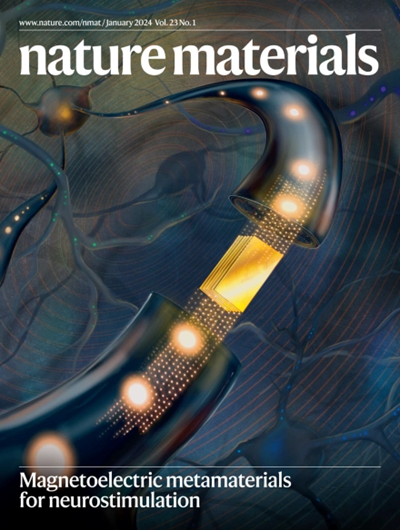An amorphous Li–V–O–F cathode with tetrahedral coordination and O–O formal redox at low voltage
IF 38.5
1区 材料科学
Q1 CHEMISTRY, PHYSICAL
引用次数: 0
Abstract
The ever-increasing demand for lithium-ion batteries has necessitated the development of high-performance cathode materials. However, previous studies have predominantly focused on crystal cathodes comprising the octahedral coordination of metal atoms and a well-ordered layered topology. This omits other cathode materials with other structures or coordination that could potentially surpass conventional counterparts in terms of performance. Here, using X-ray diffraction, resonant inelastic X-ray scattering and X-ray absorption near-edge spectra experiments, we investigated an amorphous Li–V–O–F cathode (a-LVOF) with tetrahedral coordination and elucidated an O–O formal redox mechanism at a moderate voltage of 4.1 V, without a conventional octahedral Li–O–Li configuration. The electrochemically amorphized material fosters randomly distributed VO4 units and scattered dangling oxygen bonds, which facilitated O–O binding. Moreover, a-LVOF demonstrates a high capacity of 230 mAh g−1. Our findings reveal a low-voltage O–O formal redox mechanism in an amorphized cathode material. Cathode materials for lithium-ion batteries typically possess octahedral coordination, which may exclude other possible solutions to degradation during deep cycling. A series of tetrahedral-framework-based amorphous Li–V–O–F materials are investigated, and shown to demonstrate O–O formal redox at 4.1 V.


具有四面体配位和低电压O-O形式氧化还原的无定形Li-V-O-F阴极
对锂离子电池日益增长的需求要求高性能正极材料的发展。然而,以前的研究主要集中在由金属原子的八面体配位和有序的层状拓扑结构组成的晶体阴极上。这忽略了其他具有其他结构或配位的阴极材料,这些材料可能在性能方面超过传统的对应物。本文利用x射线衍射、共振非弹性x射线散射和x射线吸收近边光谱实验,研究了具有四面体配位的无定形Li-V-O-F阴极(a- lvof),并阐明了在4.1 V的中等电压下,无常规八面体Li-O-Li结构的O-O形式氧化还原机制。电化学非晶化材料形成随机分布的VO4单元和分散的悬垂氧键,有利于O-O结合。此外,a- lvof具有230 mAh g−1的高容量。我们的研究结果揭示了非晶化阴极材料中的低压O-O形式氧化还原机制。
本文章由计算机程序翻译,如有差异,请以英文原文为准。
求助全文
约1分钟内获得全文
求助全文
来源期刊

Nature Materials
工程技术-材料科学:综合
CiteScore
62.20
自引率
0.70%
发文量
221
审稿时长
3.2 months
期刊介绍:
Nature Materials is a monthly multi-disciplinary journal aimed at bringing together cutting-edge research across the entire spectrum of materials science and engineering. It covers all applied and fundamental aspects of the synthesis/processing, structure/composition, properties, and performance of materials. The journal recognizes that materials research has an increasing impact on classical disciplines such as physics, chemistry, and biology.
Additionally, Nature Materials provides a forum for the development of a common identity among materials scientists and encourages interdisciplinary collaboration. It takes an integrated and balanced approach to all areas of materials research, fostering the exchange of ideas between scientists involved in different disciplines.
Nature Materials is an invaluable resource for scientists in academia and industry who are active in discovering and developing materials and materials-related concepts. It offers engaging and informative papers of exceptional significance and quality, with the aim of influencing the development of society in the future.
 求助内容:
求助内容: 应助结果提醒方式:
应助结果提醒方式:


